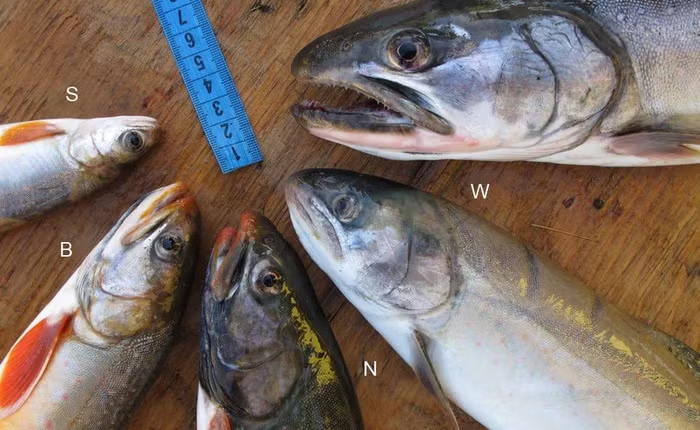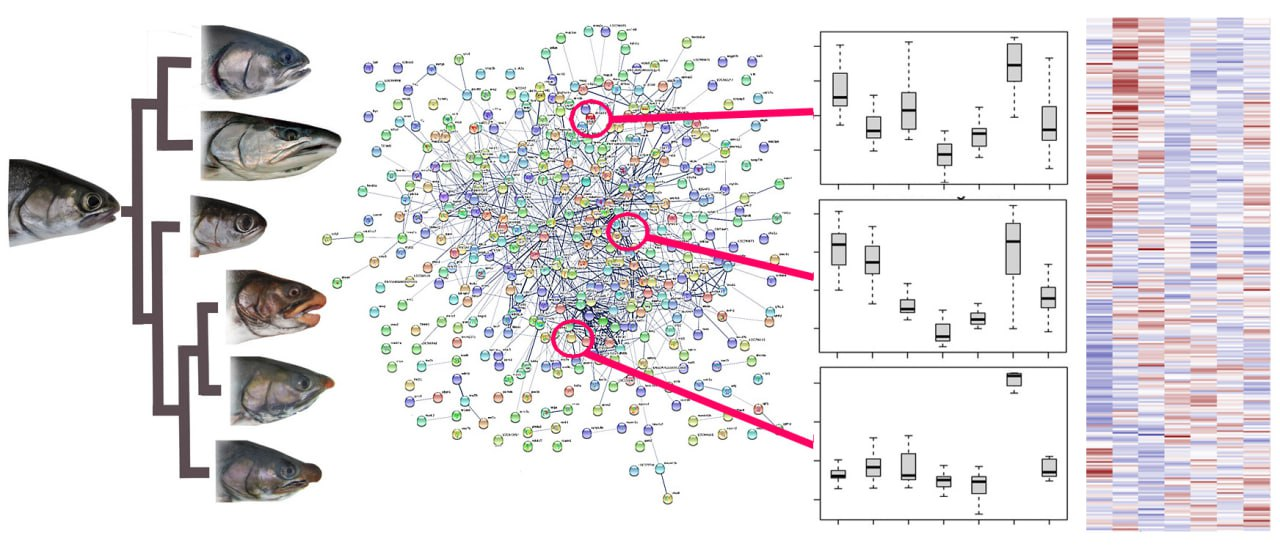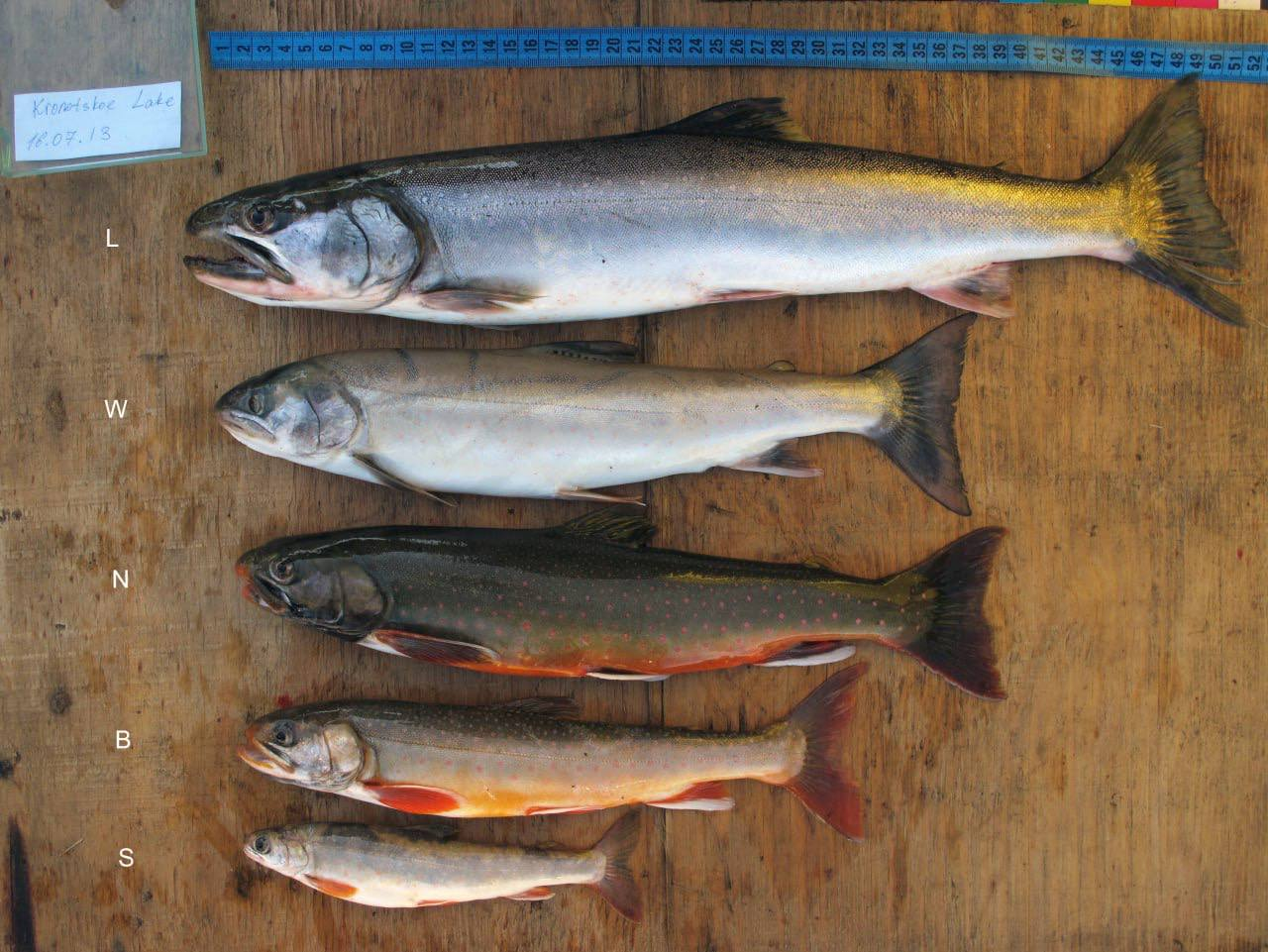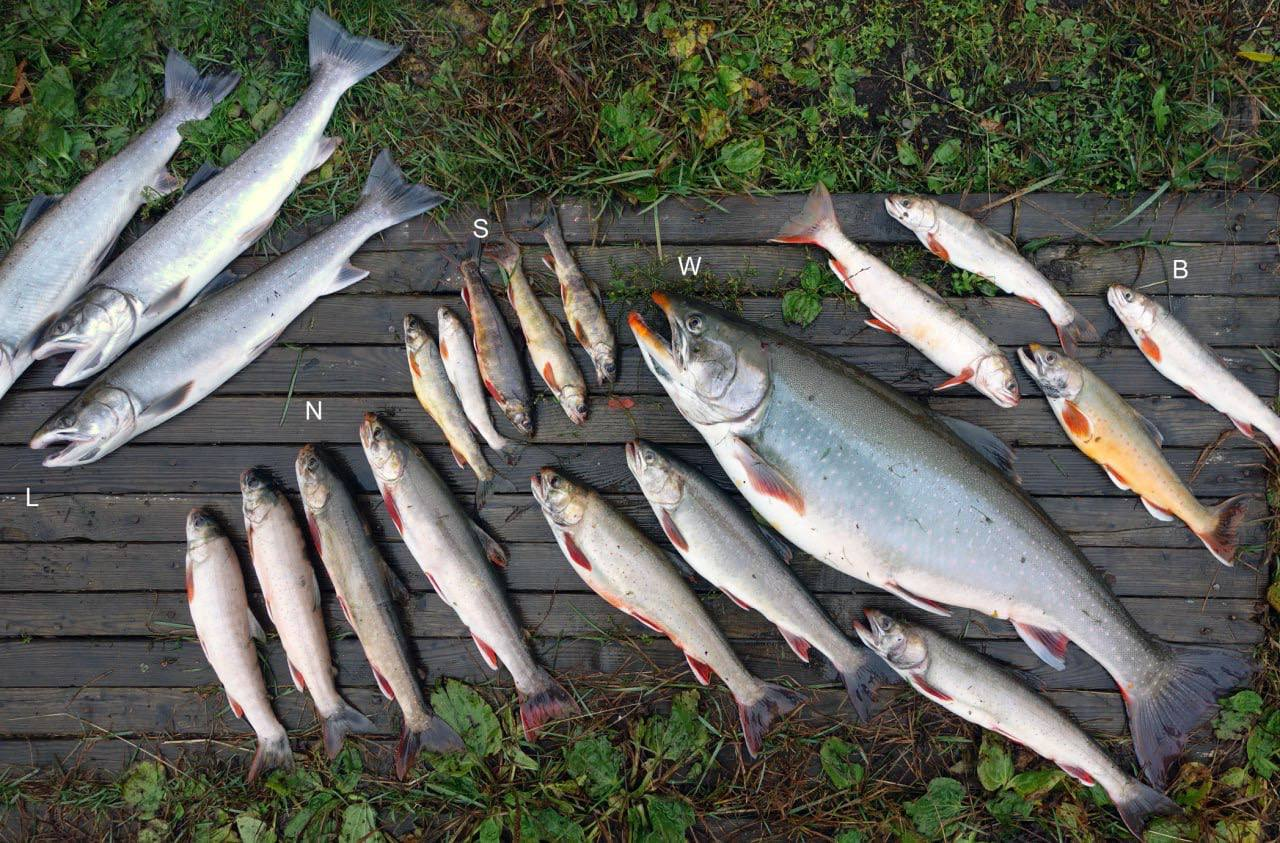
Biologists from Vitus Bering KamSU jointly with IEE RAS studied how the molecular genetic mechanisms of development regulation change in the evolution of salmon fishes
Employees of the youth laboratory of anthropogenic dynamics of ecosystems of Vitus Bering KamSU, together with the Institute of Ecology and Evolution of the Russian Academy of Sciences, are studying the paths of evolution of salmon during the development of new ecological niches.

During the implementation of the “Priority 2030” strategic academic leadership program, scientists searched for key genes and developmental regulators that change their functions for the successful adaptation of salmon fish to the consumption of new foods and living in new conditions. The study model was six endemic species of char from Lake Kronotskoe, which formed from a single ancestral population in one ecosystem over 12 thousand years.

“Based on the results of studies of the molecular evolution of perch fish, our scientific group suggested that specific features of the head structure in salmonids (position of the nostrils, size and width of mouth opening, number of teeth) arise due to point mutations in genes that regulate growth and specialization of cartilage tissue, and also different intensity of expression (ed. “the process during which hereditary information from a section of DNA is converted into a functional product - protein”) of these regulators and genes responsible for energy metabolism processes,” explained the head of the laboratory, Daria Panicheva.

During the project, laboratory staff obtained embryos of white char from natural spawning grounds and incubated them under controlled laboratory conditions to collect tissue samples from the anterior part of the head from the hatched juveniles. Next, total RNA was isolated from the samples and whole exomes were sequenced. Using modern bioinformatics methods, scientists identified more than 90% of the sequences and found out what functions in the development of white char are performed by genes with new mutations and altered expression intensity relative to the ancestor and related species.
“We found that adaptations begin to form in early development due to the differential expression of a limited set of regulators of genetic cascades and functional proteins altered by point mutations of their genes. Mutations are concentrated in genomic regions encoding regulators of cartilage tissue development, metabolic response to hormone signals, as well as regulators of ion conductivity. Differential expression of a few key regulators of development triggers complex cascade processes, and as a result, at later stages of development in closely related species, entire blocks of the genome, thousands of genes, are read differently,” said project leader Evgeniy Esin.
A surprise for the researchers was the importance of the role of not only the processes of cartilage development and tissue sensitivity to hormones, but also changes in the control functions of ion regulation. In closely related species, the speed and efficiency of signal transmission along nerve fibers and inside the cells of somatic tissues are greatly changed. This ensures different rates of growth and development of tissues in the head. The results obtained explain how the rapid emergence of many new species with different morphologies in a single ecosystem is possible.
